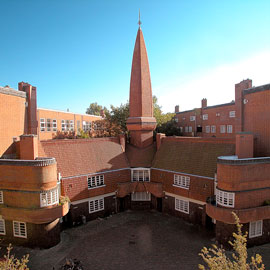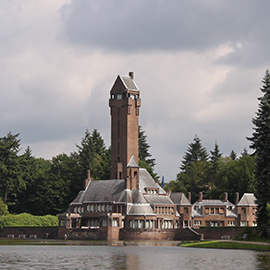| HELLO NETHERLANDS! | Welcome to the second in our new series of country specials – designed to help you make the most of a week(end) away. And if you are planning to join us for our international conference next year, here's a sneak preview of (some of) what's in store. This month, we also welcome a new Dutch member: the Van Doesburg Rinsemahuis in Drachten.
Save the Date!
Our 6th International Iconic Houses Conference takes place 12-18 May 2020
The program of lectures, expert meetings, house tours and receptions will be announced next month. Early bird registration starts 1 October.
Note:
Plan your visits well in advance as house museums and especially private houses can have irregular visiting times.
Share your tips with us!
We’re always looking out for new and inspiring examples of modern house museums. So, if you know a unique and unmissable 20th-century house that isn’t yet on our map, please tell us about it by mailing: info@iconichouses.org.
Thanks for your suggestions!
|
|
|
| | Welcome Van Doesbrug Rinsemahuis in Drachten! | In 1921, avant-garde artist and De Stijl founder Theo van Doesburg designed a colour scheme for the exteriors and interiors of several houses in the northern Netherlands. The scheme was based on the primary colours red, blue and yellow, combined with black, white and grey. He was able to fully integrate his theories of art and architecture for the first time in the Van Doesburg Rinsema House, the only place in the world where you can experience a 3D De Stijl artwork.
|
|
|
| | Wall House #2 in Groningen, 2001 | Wall House #2 was originally designed by architect John Hejduk in 1973 as a vacation home for landscape architect A.E. Bye in Ridgefield, CT, USA. It remained unbuilt until 2001 - when it was finally constructed in Groningen. The focal point of the design is a 14-metre-high wall that stretches 18.5 metres. Various organically shaped spaces and rooms are suspended from this. The entrance, an interior bridge and office are situated on the other side of the wall.
|
|
|
| | Van Schijndel House in Utrecht, 1992 | Hidden away in an inner courtyard in the heart of the medieval city, the Van Schijndel House was awarded the Rietveld Prize in 1995. Architect Mart van Schijndel created a conceptual house of air and light, presenting a unique experience of space in its sculptural design. The basis of the design is in geometric patterns, whereby the architect focused on the bare essentials. The various experimental and exceptional details include windows and doors that hinge on silicone glue, by which they are 'hung' from their stainless steel frames.
|
|
|
| | Cube House in Rotterdam, 1984 | The Cube House could be called an architectonic experiment. Architect Piet Blom clearly considered form, aesthetics and spatial effects of greater importance than functionality and practical purpose in this design. Living in the cube is reminiscent of a tree house, accessible via a trunk-like 'pole'. There are 38 dwellings and two big cubes atop a pedestrian bridge. Each pole has two levels: storage and entrance hall. The cube has three levels: living/kitchen, bath/bedrooms and loft.
|
|
|
| | Diagoonwoning in Delft, 1971 | Designed by Herman Hertzberger, the Diagoonwoning was originally intended as the prototype for an entire residential area. However, only eight experimental homes were built. The house is conceived as a semi-finished product to be completed and extended by the residents themselves, depending on their own functional and emotional needs.
|
|
|
| | Jan de Jonghuis in Schaik, 1962 | The house with studio designed by architect Jan de Jong is one of the best examples of the Bossche School, whose architectonic style was based on the theory of Benedictine monk and architect Dom Hans van der Laan. The house is based on rules defined by his Plastic Number proportional system of 2/4, 2/5 and 1/7. This determines not only the exterior but also the garden, interior, furniture and lighting objects, all designed by De Jong.
|
|
|
| | Robijnhof Model Home in Utrecht, 1958 | In the 1950s, architect Gerrit Rietveld was a much sought-after architect for larger social housing projects, something he had been interested in 30 years earlier. This complex gives a good impression of his philosophy and that of the Nieuwe Bouwen. The emphasis is on the efficient use of space and maximum incidence of light. The model home has been restored as far as possible to its original state and gives a good impression of how it was lived in immediately after completion.
|
|
|
| | Van Eesteren Museum Apartment in Amsterdam, 1952 | The Van Eesteren museum apartment is located in the middle of Slotermeer, a typical post war suburb planned by De Stijl member Cornelis van Eesteren. He developed the Algemeen Uitbreidings Plan (AUP) in 1935, a plan to prepare Amsterdam for a growth of up to a million habitants. The apartment is furnished by the ideas of Goed Wonen, a movement based on the credo, 'Good taste is a matter of education.'
|
|
|
| | Chabot Museum in Rotterdam, 1938 | Chabot Museum, initially designed by architect G.W. Baas as a private residence for the Kraaijeveld family, is one of six monumental villas, built between the 1930s and 1960s, in the international Modernist style, surrounded by park-like gardens and in a prime location. The villa park was built in order to accommodate the upper classes within the city limits. In conceptual origins, design and effect, the villa park is closely linked to the Bauhaus Meisterhäuser in Dessau.
|
|
|
| | Dijkstra House in Groet, 1934 | The 'Dijkstra House' was built as a summer house for the Dijkstra family. It is an outstanding example of the experimental modernist Dutch architecture of the 1930s. The house was designed by the architects Ben Merkelbach and Charles Karsten, pioneers in the Dutch modern movement. It has been preserved in great detail and can nowadays be rented as a holiday house.
|
|
|
| | Sonneveld House in Rotterdam, 1933 | Sonneveld House is one of the best-preserved houses in the Nieuwe Bouwen style, the Dutch branch of the International School of Modernism. It was designed by the architecture firm of Brinkman & Van der Vlugt. 'Light, air and space' became the slogan of the Nieuwe Bouwen architects. Through the use of modern techniques and materials, they hoped to create efficient, hygienic buildings. Van der Vlugt was also commissioned to design the interior of the house. He collaborated with W.H. Gispen, who designed and supplied much of the furniture.
|
|
|
| | Sybold van Ravesteyn House in Utrecht, 1932 | Have you always wanted to sleep in a museum? Then here's your chance - the former Utrecht residence of architect Sybold van Ravesteyn, best known for his work for the Dutch Railways and Rotterdam Zoo. In 1932, Van Ravesteyn designed a home for himself, where he would go on to live until the age of 92. The house is striking in its expressive usage of curved lines, characteristic of the work of Van Ravesteyn.
|
|
|
| | Erasmuslaan Model Home in Utrecht, 1931 | Truus Schröder played an important role in the construction of the houses on Erasmuslaan. For many years, her living room in the Rietveld Schröder House overlooked a sweeping polder landscape. When the land was released for development, she wanted to be certain that what was built there would be aesthetic. So she bought the land herself, and asked architect Gerrit Rietveld to design and build the houses. A block of four townhouses was completed in 1931, followed by an apartment block in 1934. The Model Home is situated in one of the townhouses.
|
|
|
| | The Kiefhoek House Museum in Rotterdam, 1930 | The Kiefhoek, a housing estate of originally 294 family houses and several facilities (shops, etc), was designed by architect J.J.P. Oud according to the principles of the Modern Movement. Oud is one of the most important Dutch architects of the 20th century. Here, he used a functionalist urban layout and an ingenious ground plan to create maximum living space in each dwelling. Visitors can see in the house museum what the fittings looked like, and experience the size and interior of an original Kiefhoek house that was designed to house working people.
|
|
|
| | Rietveld Schröder House in Utrecht, 1924 | It should come as no surprise that the groundbreaking Rietveld Schröder House has a place on the Unesco World Heritage List, along with the Wadden Sea and Amsterdam's 17th-century canals. This architectural masterpiece is a manifesto of the ideas of De Stijl. It is unrivalled - both within and outside the oeuvre of the Utrecht architect and designer Gerrit Rietveld.
|
|
|
| | Van Zessen House in Alblasserdam, 1923 | The design of the Van Zessen House represents a critical step in the development of the principles of De Stijl. Artists and architects associated with this movement emphasized the use of horizontal and vertical lines and the primary colours red, blue and yellow as well as the neutral tones white, grey and black. Following a restoration campaign that included the interior and exterior colour scheme, the house is now open to the public.
|
|
|
| | De Dageraad Housing Complex in Amsterdam, 1922 | De Dageraad (The Dawn) is a complex of workers' housing designed by the architects Piet Kramer and Michel de Klerk in sinuous Amsterdam School style. Since 2011, Museum Het Schip has a satellite visitor centre in De Dageraad. The centre also hosts an exhibition of the Plan Zuid (Amsterdam South), designed by H.P. Berlage, and forms a home base for tours of the Amsterdam School buildings of Amsterdam Zuid.
|
|
|
| | De Papaverhof in The Hague, 1921 | The houses in this court are part of residential complex Daal en Berg, which was built to a design by De Stijl architect Jan Wils. The architect was also inspired by F.L. Wright's design for the Lexington Terraces in Chicago. Papaverhof comprises a total of 128 middle-class homes, which are laid out in a horseshoe-shaped ring around a sunken park. The monument is the only residential complex in the world designed on De Stijl principles.
|
|
|
| | Museum Het Schip in Amsterdam, 1921 | 'Workers’ palace' Het Schip (The Ship), by architect Michel de Klerk, is renowned worldwide. It is built in the style of the Amsterdam School, a Dutch version of Art Deco. Besides looking like a ship, the building is unconventional from all angles. The exterior exudes an air of festivity and consists of bright orange bricks, decked with minarets and a lot of art. The building contained 102 dwellings for the working classes, a small meeting hall, a post office and a school.
|
|
|
| | Country Residence Museum Jachthuis Sint Hubertus in Otterlo, 1920 | The Jachthuis Sint Hubertus, the former residence of the art collectors and industrialists the Kröller-Müllers, is one of the most iconic buildings in the Netherlands. The house was designed by the important 20th-century architect Hendrikus Petrus Berlage. The Kröller-Müllers used it mainly as a country house. Only in their final years did it become their permanent residence.
|
|
|
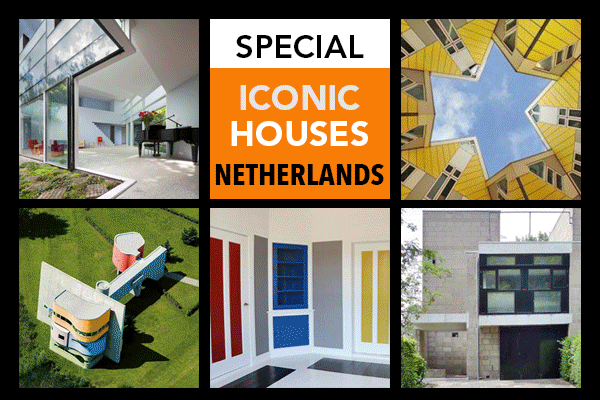

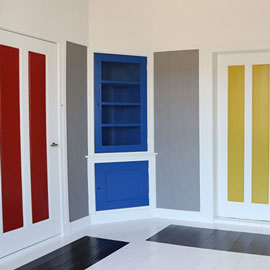
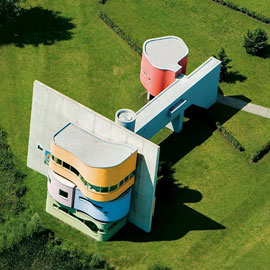
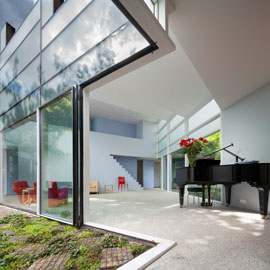
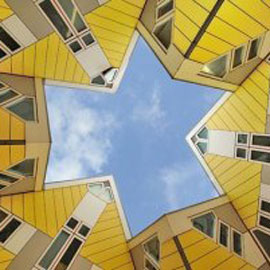
.jpg?v=20190619091239)
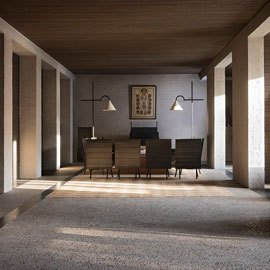
.jpg?v=20190616235335)
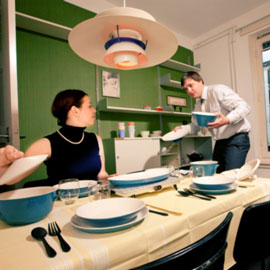
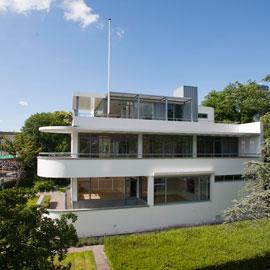
.jpg?v=20190618211715)
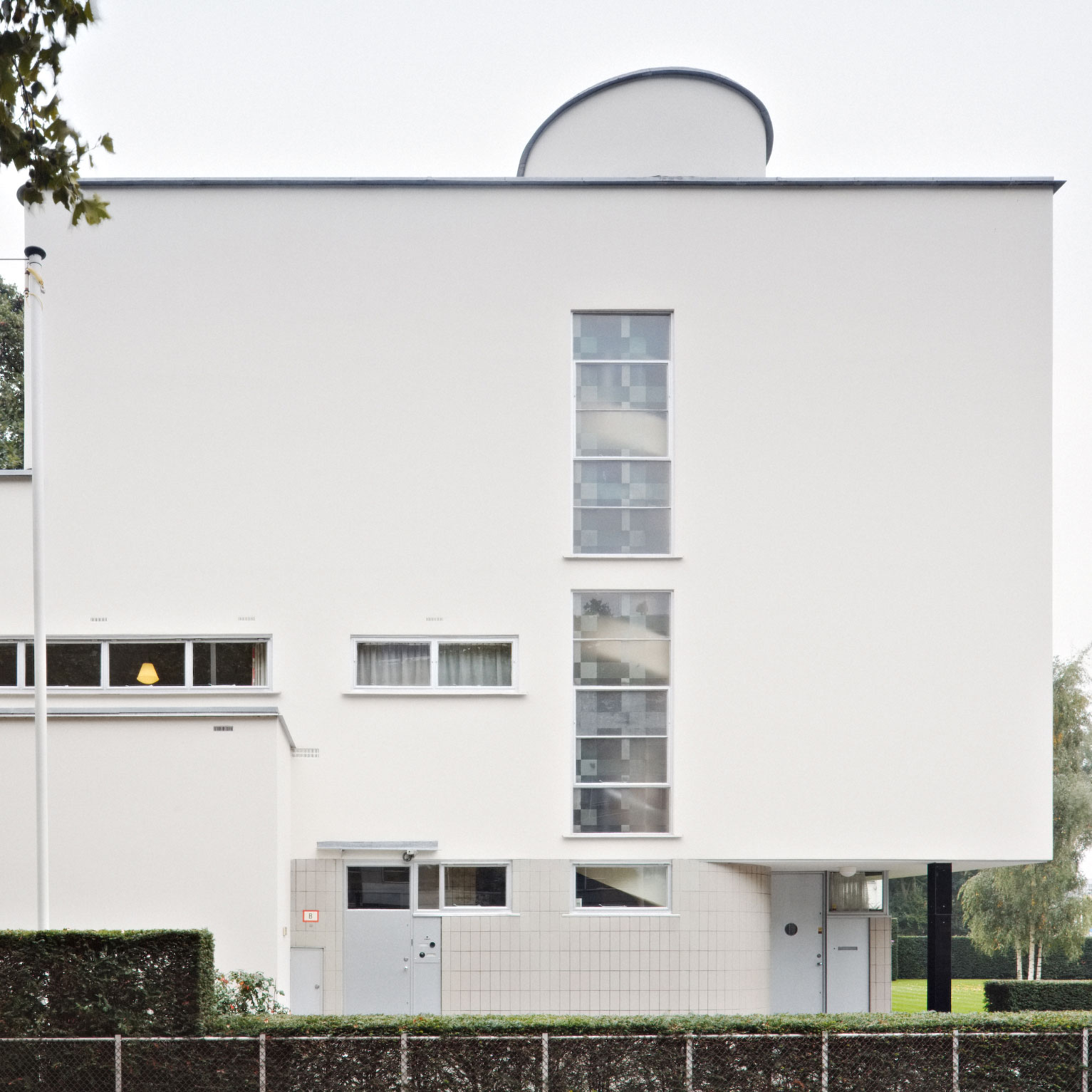
.jpg?v=20190616235539)
.jpg?v=20190616235559)
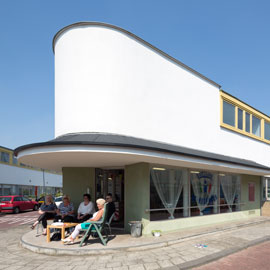
.jpg?v=20190617123641)
.jpg?v=20190616235706)
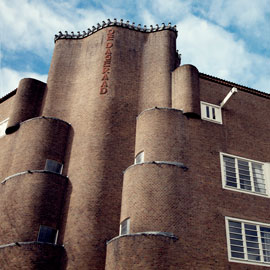
.jpg?v=20190616235808)
